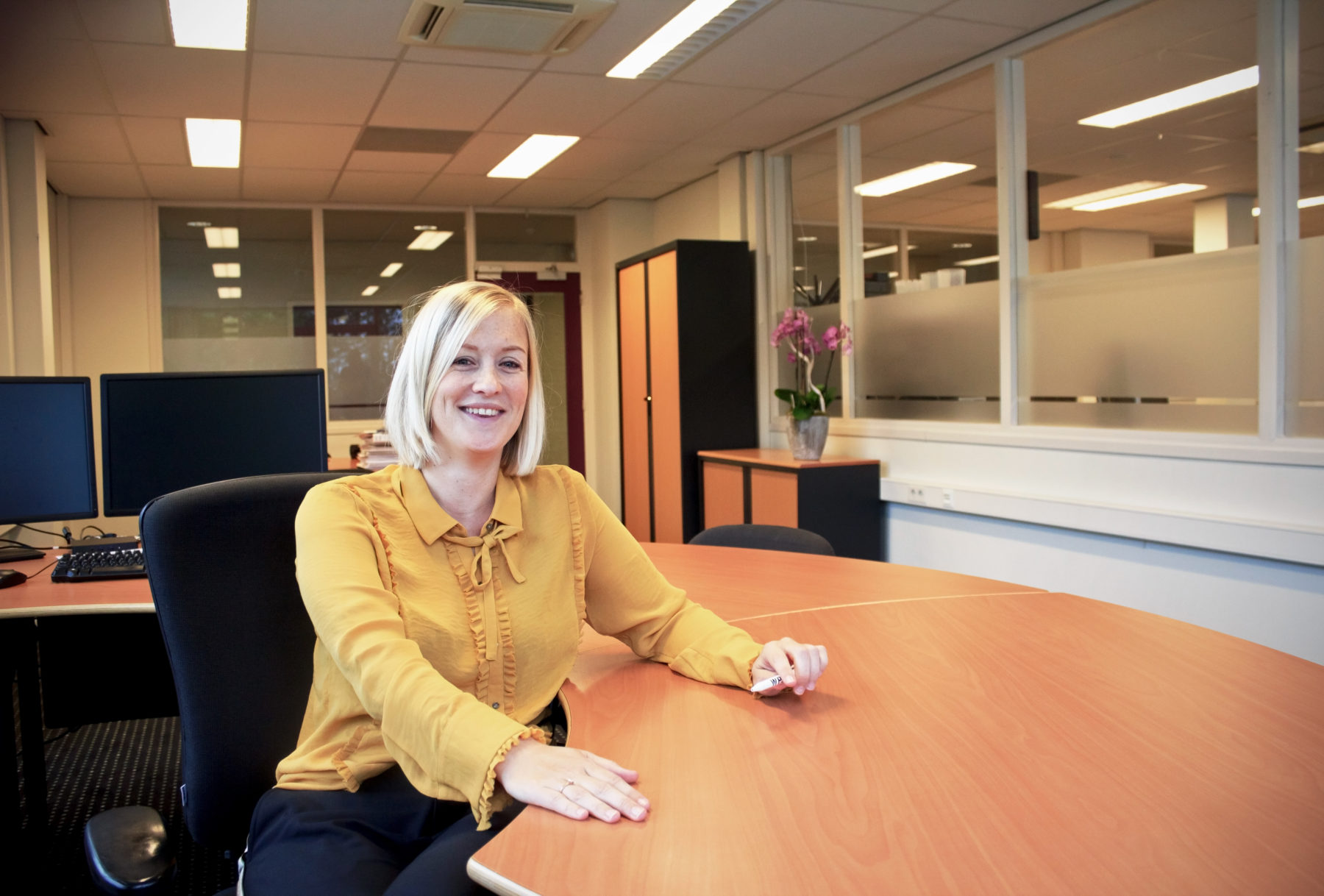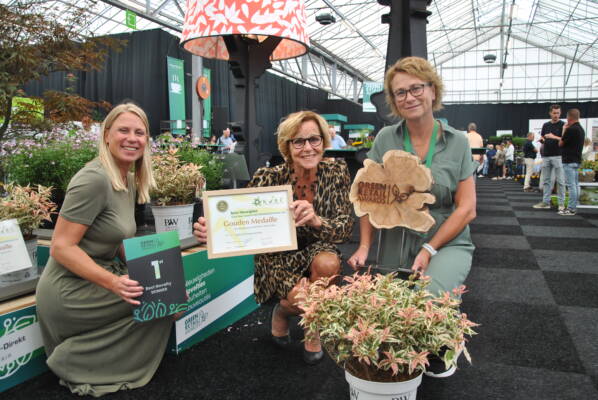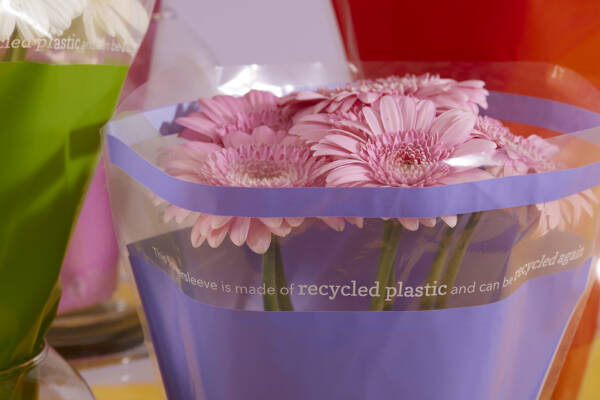FloraCulture International sat down with WPS’s new CEO Digna van Zanten to learn more about her background and hopes for WPS. Digna shared the latest developments and trends in greenhouse automation, her insights on how the future of greenhouse horticulture look like and the most powerful innovation lessons she has learned as a child.
FloraCulture International: Digna, you have been appointed as the company’s new CEO, effective August 1, 2018. What is your priority for the company?
Digna van Zanten: “Customers and employees are all important priorities. It’s important to engage with them. How do they see WPS, are there any issues that need to addressed and where can we improve? I would prefer clients and employees who are really enthusiastic about the company. ‘Simply satisfied’ is simply not enough.”
What three words would you use to describe yourself?
“According to my operations manager: driven, optimistic and ‘entrepreneurial.”
Name an industry professional who inspires you.
“I take inspiration from people such as Eduard and Richard ter Laak who demonstrated entrepreneurial spirit by establishing an orchid farm in Guatemala. Equally inspiring are René and Marco Hendriks from OptiFlor and the way they market their orchids. But let’s not forget Ann Beekenkamp and Jos Looye who both run companies that really distinguish themselves in the marketplace.”
You are also a wife and mother. How do you balance life and work?
“My husband is a bell pepper grower and, as such, also an horticultural entrepreneur. As a mother of two children I try not to multitask too much as I prefer to focus either on my family or work. I prefer to do one thing at a time. Bottom line: try to stay as organized as you can in your private life and use appropriate daycare for your children. Luckily we live in the era of home delivery which can save a lot of time. Meanwhile, it is important to stay in shape as you work long hours. The point is: when you are in your 30s or 40s you normally would like to make a move in your career but this often coincides with being a mum of young kids that need attention.”
How important is the issue of gender balance in horticulture and why?
“Generally speaking, Dutch women who want to have a career are offered plenty of opportunities. Of course, the government can take an active role in promoting gender equality but ultimately women should be truly motivated and that’s not always the case. Some women prefer to spend as much time possible with their kids. More often than not, at the beginning of some meeting, I was overlooked, by people who even looked directly in the eye. You have two options: either you put the blame on yourself or tell yourself that you cannot take responsibility for another person’s behaviour. But sometimes you need to go the extra mile. Eventually this will only make you stronger. It’s been some time since wise men discovered that gender equality at all levels of a company adds value. Recently I received a message from a CEO of a large company telling me how proud he felt that the company’s current management team is 50/50 male/female ratio. In our sector, men should realise that the majority of their products are purchased by female consumers. As such, to answer the question what women are really looking for when buying fresh produce or flowers: you need female co- workers. But I am not sure whether there will ever be complete gender equality.”
Back to your job. What are the most tangible benefits of automated greenhouse production?
“In the changing face of today’s society and the ever-growing skills shortage that plagues our industry, automation offers a solution to reduce employment costs. Labour shortages increasingly force greenhouse workers to do many hours of overtime to meet the company’s goals. Having greenhouse jobs go unfilled also influences lead time, delivery and ultimately customer satisfaction. This makes automation in greenhouse production a business necessity.”
And what are the barriers to automation in greenhouse production?
“Introducing state-of-the-art technologies in greenhouses requires its own operation and maintenance and the question is whether companies will be able to find the technical talent they need. Moreover, the horticultural industry clearly sees the potential automation has to enhance productivity, but it’s mostly the price tag that stops growers from buying new technology. In some cases fears can arise of being too reliant on technology and, thus, potential loss of flexibility.”
Overall there’s vertical integration in the horticultural supply chain with increased cooperation between breeders, propagators, growers, wholesalers and retailers. How can automation solutions improve communication among such a big and diversified group?
“Individual identification of potted plants throughout the entire crop cycle – from potting until shipping – used in combination with data analysis, will lead to more control over the supply chain. Key questions as to which cutting delivered the best growth performance and the highest quality in end products will be at your fingertips. Some of our customers have hired a data analyst to answer these types of questions based on data gathered by us and other suppliers. Growers are now able to build bridges between breeders and retailers. And it’s exactly this kind of knowledge and information that will convince the future’s smartest growers to install a newer and better supply chain.”
Bringing together operational technology (OT) and information technology (IT) is key to successfully implement automation in greenhouse production. What solutions do you have to help your customers (read: growers)?
“At WPS we recommend Radio Frequency Identification (RFID) or barcodes for use in transporting and handling systems for potted plants. Both tools are used in combination with tailor-made software. Industrial cameras collect a wide variety of data, providing a kind of blue print of each plant. WPS uses this data for logistic purposes in order to ensure timely and correct delivery of plants. But this data can also be used in combination with crop information.”
How can greenhouse growers achieve notable cost savings and production increases in a basic greenhouse utilizing automation?
“Good question. WPS focuses on mid-tech and high-tech. SmartFlo offers an automation solution for mid-tech companies. Not only can it reduce labour costs, it also allows growers to use their greenhouse space more efficiently and increase crop density. Growers can actually walk on these conveyor belts which stand out for their modular design, maintenance-friendly and user-friendly character. Implementing Smartflo, customers can automate step by step at their own pace while significantly reducing costs. Smartflo is also suitable for outdoor use.”
How important is it that an automation company understands the horticultural business.
“All this reminds me of my mother writing the word fail in capital letters on our kitchen wall. I believe failing is intrinsically linked to innovation; it doesn’t matter how experienced and educated you are in your business. My mother’s FAIL referred to First Attempt In Learning. This perspective puts less pressure on the innovation issue and allows you as a business owner to decide whether to acquire more knowledge or hire an expert in order to successful. All innovation comes with insecurity and quickly learning from your mistakes is the best course of action. However, things are easier said than done! Meanwhile, I do believe that you can significantly reduce business risks by teaming up with a consortium of different growers and an automation supplier.”
What does the future of greenhouse automation look like?
“Our industry is fortunate enough to possess products which will see an increase in demand in the coming years. Surrounding yourself with natural, feel good products and safe food are trends that are here to stay. The way we produce these products and the people behind them will change dramatically. Compared to 20 years ago, you definitely need a different skill set as the sector continues to embrace new technologies. All this makes my job so exciting; the fact that you’re making a valuable contribution to the further development of this sector.”
by Ron van der Ploeg











































